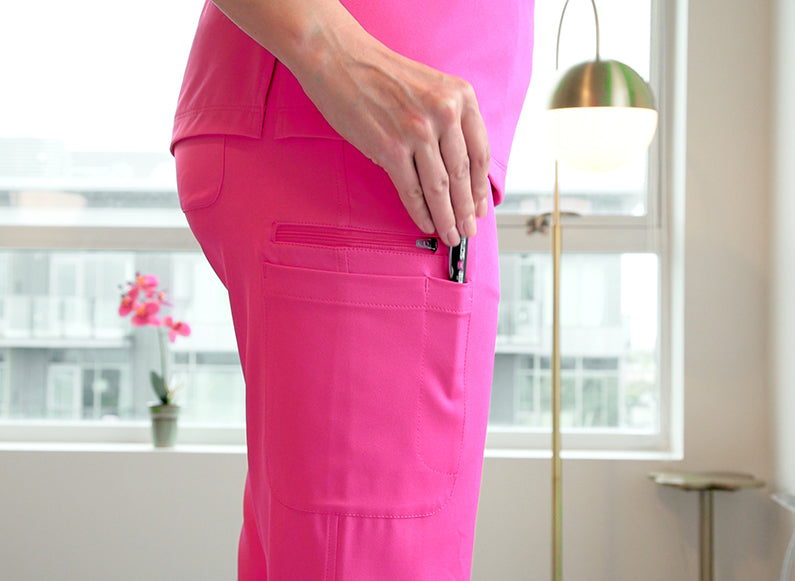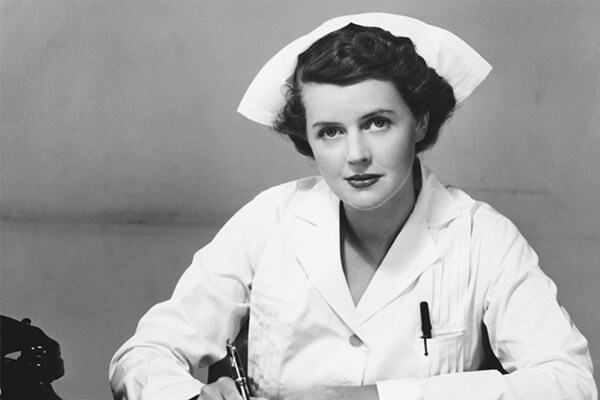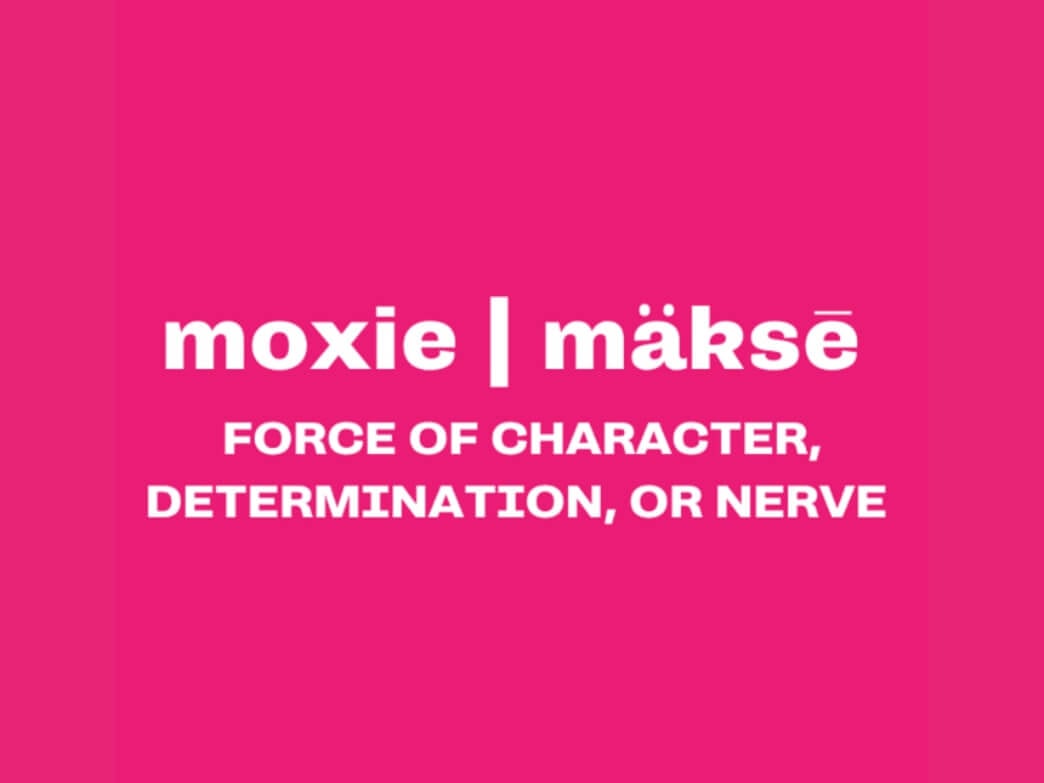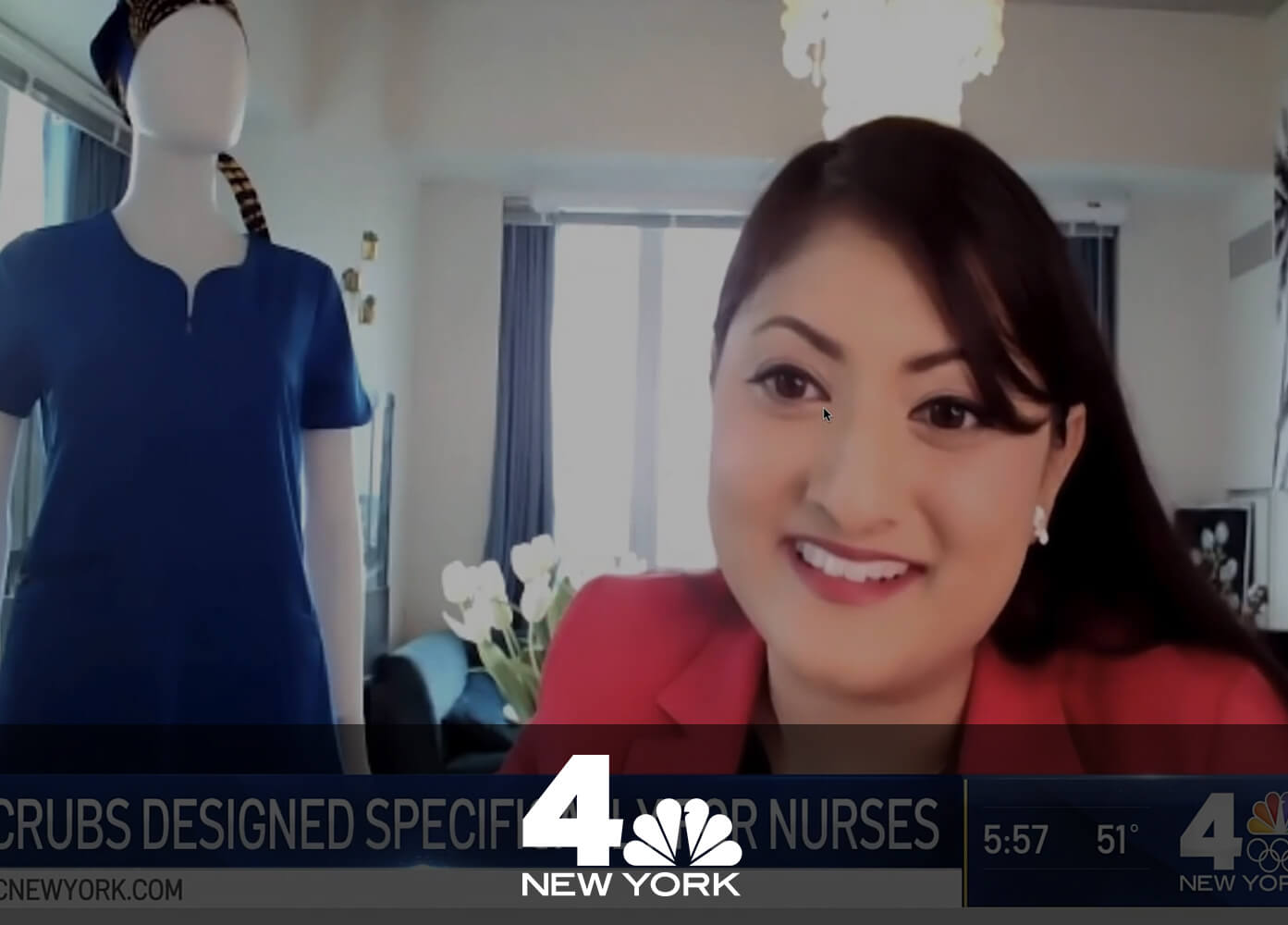For as long as humans have walked the earth, we have been trying to live longer. Life is amazing, and over time we developed medicines and techniques to prolong this wonderful experience. The history of medicine was long and dirty before it got to the modern, sterile expectation you have when you walk into a hospital. Now, we have scrubs that are instantly recognized as the uniform of medical professionals, but that has not always been the case. Today, we will look at the history of nurses' uniforms from the very beginning of the profession to the modern professional look we expect today.
The modern, western nursing profession started in 1860 when Florence Nightingale established the first secular nursing school. Following her work in the Crimean War, Nightingale worked to establish nursing as a respected profession and one part that helped to set trained nurses apart from the untrained nurses was their uniform. They were modeled after a nun's habit as nuns traditionally were responsible for caring for the sick and injured, wearing their long, black garments and headdresses. The original nursing uniform, popularized by Nightingale’s nursing, was a long dress covered by a white apron and a white cap that was used to pull back the working nurses' hair. Sometimes the cap would feature colored ribbons to denote the nurses’ seniority. The white uniforms reflected Nightingale’s emphasis on cleanliness and sterility.
The nurse's uniform essentially stayed the same until the 1940s but began to change as there was the desire to make them easily producible and easier to clean. This change came in stages, sleeves and dresses became shorter to improve mobility and the bonnets changed to a pointed style cap. Modern nursing scrubs emerged in the 1960s and 1970s as men entered the profession and brought open-neck shirts and pants with them. Around this same time, scrubs in the operating room transitioned to blues and greens, as the stark white uniforms caused severe eye strain in combination with the bright lights. In preparation for surgery, surgeons and nurses would change into blue or green uniforms before they “scrubbed in,” which is where scrubs got their name. By the 1990s most hospitals look the way that we expect them to now with scrubs being the uniform of the medical profession.
Scrubs feature a variety of colors and styles, but they are also practical, easier to buy, and made to last. Throughout the short history of nursing uniforms, the trend is clear that as time progressed the need for a modern and fashionable fit emerged. Scrubs may help to keep the hospital sterile and safe for their patients but that doesn’t mean scrub wearers can’t look and feel their best.
Today, nurses make up one of the most trained labor groups in the world—but they still need a way to do their job with dignity and respect, while looking their best. That's where Moxie Scrubs comes in. We strive to enhance, inspire, and empower the ‘moxie’ in every nurse. Our medical scrubs are form-flattering, patent-pending, nurse-designed, and super comfortable. Perfect for the modern nursing professional.






